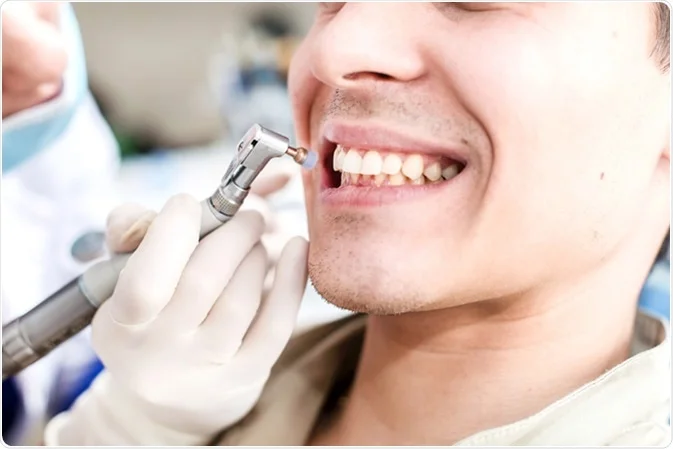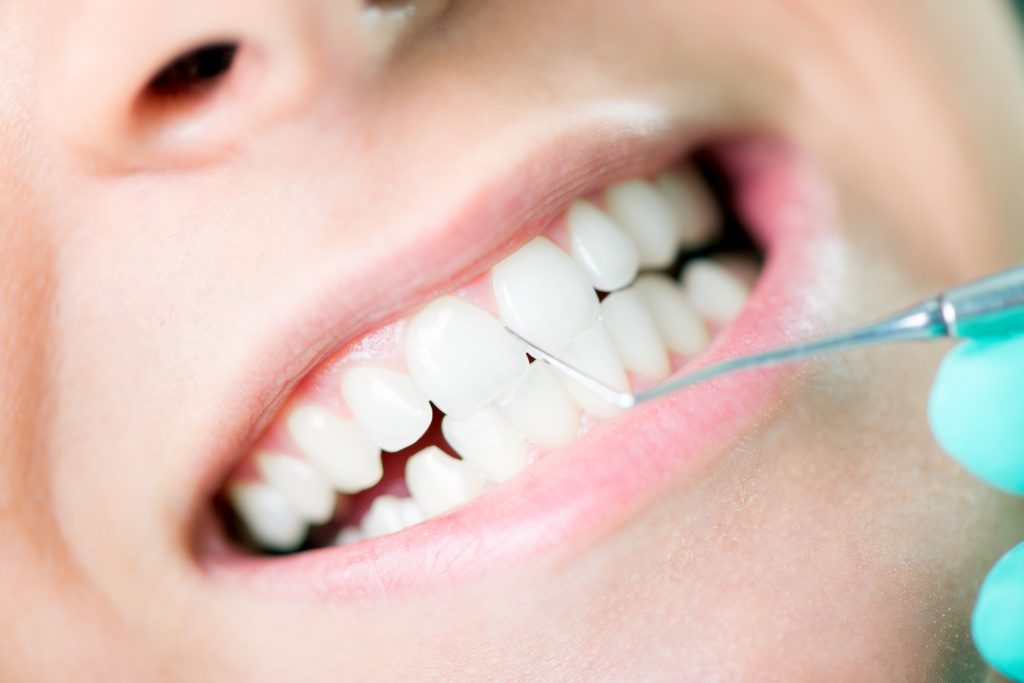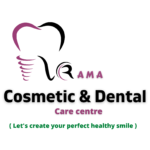WHAT IS Teeth Cleaning & Polishing?
Teeth cleaning and polishing, often referred to as a dental cleaning or prophylaxis, is a routine dental procedure performed by dental hygienists or dentists to maintain oral health and hygiene. It involves the removal of plaque, tartar, and surface stains from the teeth to prevent dental problems and improve the overall appearance of the smile. Here is an overview of teeth cleaning and polishing


Advantages of Tooth Polishing
Tooth polishing is a procedure which not only polishes the teeth but also removes the dental stains, plaque, and microorganisms formed on the outer surface of the teeth.
The main advantage of tooth polishing over the tooth scaling (deep cleaning of the teeth) is that it is a painless procedure. Also, patients experience clean and smooth teeth instantaneously after the procedure.
Procedure for Teeth Cleaning and Polishing:
Preparation: The patient is positioned in the dental chair, and the hygienist or dentist prepares for the procedure. Protective eyewear and a bib may be provided to the patient.
Assessment: The dental professional examines the patient’s teeth and gums to check for any visible issues or concerns, such as signs of gum disease or cavities.
Plaque and Tartar Removal:
- Plaque is a sticky, colorless film of bacteria that forms on the teeth and can lead to cavities and gum disease. It is removed using specialized dental tools, including a scaler or ultrasonic device.
- Tartar (calculus) is hardened plaque that cannot be removed with regular brushing and flossing. The dental professional carefully removes tartar from the tooth surfaces.
Cleaning: After plaque and tartar removal, the dental professional uses a rotating brush and gritty toothpaste to clean and polish the teeth. This process removes surface stains and creates a smooth and clean tooth surface.
Flossing: The hygienist or dentist may floss between the teeth to ensure that no debris or plaque is left behind.
Rinsing: The patient is provided with water or a rinse to remove any remaining cleaning or polishing agents.
Fluoride Treatment (Optional): In some cases, a fluoride treatment may be applied to strengthen the teeth and help prevent cavities. This step is often recommended for children and individuals with a higher risk of dental caries.
Benefits of Teeth Cleaning and Polishing:
Preventive Care: Regular teeth cleaning helps prevent common dental issues such as cavities, gum disease, and bad breath.
Plaque and Tartar Removal: Removing plaque and tartar reduces the risk of tooth decay and gum problems.
Stain Removal: Polishing helps remove surface stains, enhancing the appearance of the teeth.
Fresh Breath: Clean teeth and gums contribute to better breath.
Early Detection: Dental professionals can identify any dental issues early on, allowing for prompt treatment and prevention of more serious problems.
Frequency of Dental Cleanings:
- For most individuals, professional teeth cleanings are recommended every six months. However, some people with specific dental conditions or a higher risk of gum disease may need more frequent cleanings.
At-Home Oral Care:
- Regular and thorough brushing, flossing, and the use of mouthwash between dental visits are essential for maintaining oral health and preventing dental problems.
Teeth cleaning and polishing are important components of dental care and help maintain a healthy and attractive smile. Regular dental check-ups and cleanings play a crucial role in preventing dental issues and ensuring overall oral well-being.
